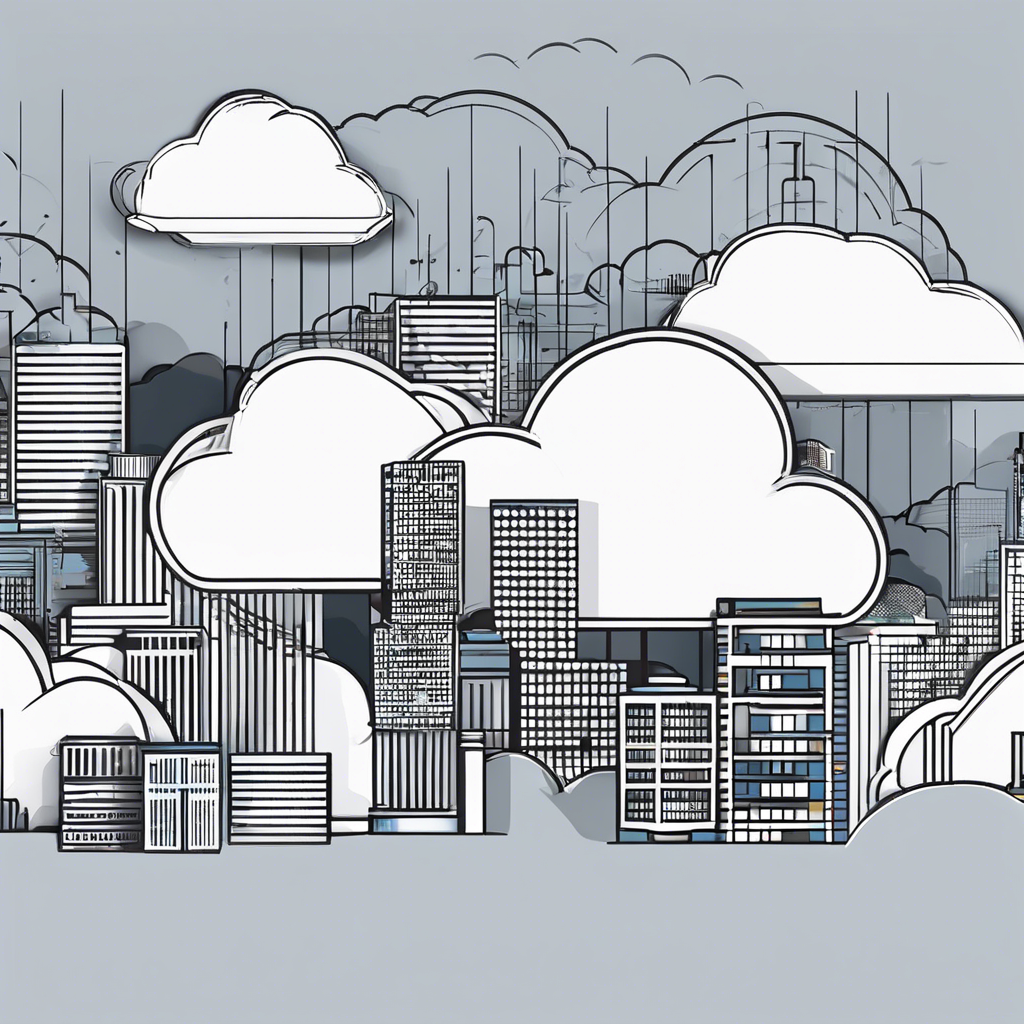Help desk software for startups

As startups continue to grow and expand their operations, the need for efficient and effective help desk software becomes increasingly crucial. Help desk software serves as a central hub for managing customer inquiries, providing timely support, and ensuring seamless communication between customers and support teams. In the fast-paced world of startups, where every interaction can make or break a customer relationship, having the right help desk software can make all the difference.
One of the key benefits of using help desk software for startups is its ability to streamline customer support processes. With features such as ticket management, automated responses, and knowledge base integration, help desk software allows startups to efficiently handle customer inquiries and resolve issues in a timely manner. This not only improves customer satisfaction but also frees up valuable time and resources for startups to focus on other aspects of their business.
In addition to improving efficiency, help desk software also helps startups maintain consistency in their customer support services. By providing a centralized platform for managing customer interactions, startups can ensure that all inquiries are addressed promptly and consistently, regardless of the support agent handling the issue. This level of consistency not only builds trust with customers but also helps startups build a strong reputation for reliable customer service.
Furthermore, help desk software for startups often comes with robust reporting and analytics capabilities, allowing businesses to track key metrics such as response times, resolution rates, and customer satisfaction scores. By analyzing this data, startups can gain valuable insights into their customer support performance and identify areas for improvement. This data-driven approach enables startups to make informed decisions that drive continuous improvement in their customer support operations.
Another important aspect of help desk software for startups is its scalability. As startups grow and expand their customer base, the volume of customer inquiries is likely to increase as well. Help desk software provides startups with the flexibility to scale their support operations accordingly, ensuring that they can continue to provide high-quality customer support even as their business grows.
Moreover, help desk software often comes with integration capabilities that allow startups to connect their support systems with other tools and platforms they use, such as CRM software, e-commerce platforms, and social media channels. This seamless integration not only improves operational efficiency but also enables startups to deliver a more personalized and cohesive customer support experience across all touchpoints.
In today’s digital age, where customer expectations are higher than ever, providing exceptional customer support is no longer optional for startups – it’s a necessity. Help desk software equips startups with the tools and capabilities they need to deliver top-notch customer support that sets them apart from the competition and fosters long-lasting customer relationships.
In conclusion, help desk software is an indispensable tool for startups looking to streamline their customer support operations, maintain consistency in their service delivery, and drive continuous improvement in their support performance. By investing in the right help desk software, startups can not only meet but exceed customer expectations, paving the way for sustainable growth and success in the competitive startup landscape.




